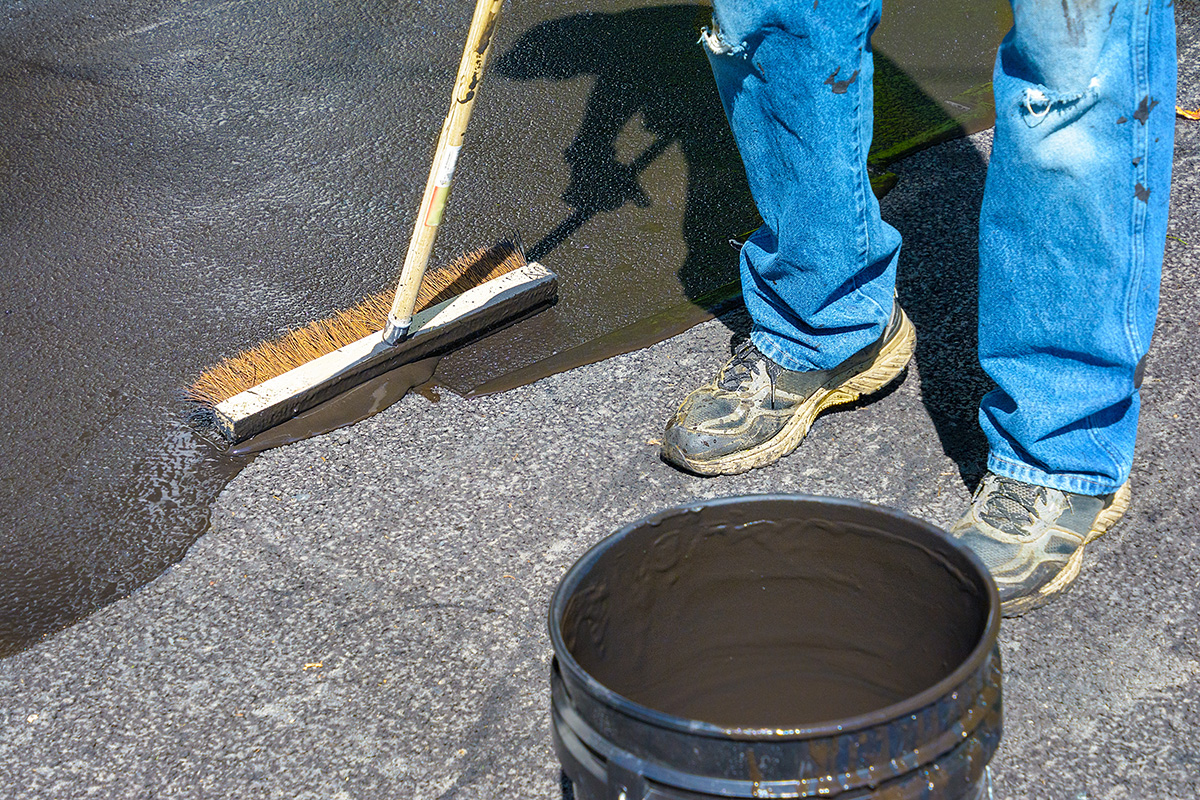Hot Mix Asphalt: A Sustainable Service for Pavement
Hot Mix Asphalt (HMA) has actually arised as a leading sustainable selection for sidewalk solutions, offering a myriad of ecological advantages and innovative modern technologies. As the need for environment-friendly construction techniques expands, checking out the nuances of HMA's sustainability can give valuable understandings into the future of pavement remedies.
Ecological Benefits of Warm Mix Asphalt

Furthermore, Hot Mix Asphalt aids to mitigate metropolitan warm island effects. Its dark color takes in sunshine, reducing the amount of warmth reflected back right into the environment contrasted to lighter-colored pavements. This can lower ambient temperatures in metropolitan locations, decreasing the demand for air conditioning and inevitably minimizing power consumption.
Additionally, Hot Mix Asphalt adds to boosted stormwater management. Its permeable nature enables water to charge and penetrate the sidewalk groundwater materials, reducing overflow and the risk of flooding. These ecological advantages make Hot Mix Asphalt a lasting selection for paving highways and roads.
Energy Efficiency in HMA Production
Is power performance an important aspect in the production of Warm Mix Asphalt (HMA)? Definitely. Energy plays a significant function in the production of HMA, affecting both cost and ecological sustainability. One vital element of power efficiency in HMA production is the usage of warm mix asphalt (WMA) modern technologies (commercial parking lot paving). WMA enables the blending and placement of asphalt at reduced temperature levels compared to traditional hot mix asphalt, resulting in minimized energy intake during production. This process not just lowers gas use but additionally reduces greenhouse gas emissions, making it a much more eco-friendly option.
Additionally, developments in plant innovations have resulted in more energy-efficient HMA manufacturing procedures. Modern plants are created with functions like recycled asphalt sidewalk (RAP) processing abilities, effective burner systems, and improved insulation, all adding to energy savings. By optimizing power use in HMA manufacturing, the market can reduce its carbon impact while keeping high-grade sidewalk materials. Energy effectiveness is, as a result, a critical factor to consider in ensuring the sustainability of Warm Mix Asphalt production.
Recyclability of Warm Mix Asphalt
The recyclability of Hot Mix Asphalt (HMA) is an essential aspect of its sustainability and lasting ecological impact. HMA is among the most recycled materials in the USA, with over 100 million lots of reclaimed asphalt pavement (RAP) being recycled annually in new pavement building. Reusing HMA provides numerous ecological advantages, such as decreasing the requirement for virgin materials, lowering energy usage throughout manufacturing, and lowering the amount of waste sent out to land fills.
The procedure of recycling HMA includes grating the existing sidewalk, crushing it into smaller items, and blending it with new accumulation and asphalt binder to create a recycled mix. Overall, the recyclability of HMA plays a significant function in advertising lasting practices within the sidewalk market.

Long-Term Performance of HMA
Asphalt sidewalks show sturdiness and resilience over an extensive period, showing the long-lasting efficiency of Hot Mix Asphalt (HMA) The durability of HMA can be credited to its capability to endure rush hour lots, rough weather, and the results of aging. Researches have shown that well-designed and correctly constructed HMA pavements can last for two decades or more with regular upkeep. The trick to taking full advantage of the long-term efficiency of HMA depends on using top notch products, complying with best techniques in building and construction, and executing efficient maintenance strategies. Correct water drainage, regular evaluations, and timely fixings are crucial for preserving the structural honesty of HMA pavements over time. In addition, improvements in HMA innovation, such as the usage of polymer-modified binders and cozy mix asphalt, have better enhanced the toughness and longevity of HMA sidewalks. By focusing on top quality building and upkeep techniques, go now HMA proceeds to prove itself as a cost-effective and lasting service for long-lasting sidewalk infrastructure.

HMA: Resilience and Sustainability
Demonstrating both sturdiness and sustainability, Hot Mix Asphalt (HMA) has actually come to be a cornerstone in the building of long-lasting sidewalk frameworks - angled parking. HMA's longevity originates from its capacity to stand up to heavy tons, extreme weather, and high web traffic volumes, making it a reliable option for roads, freeways, and flight terminal runways. The composition of HMA, which commonly consists of aggregates, binder, and filler, plays an essential duty in enhancing its long life and resistance to tear and put on
Furthermore, HMA's sustainability hinges on its recyclability and energy-efficient production process. The capability here are the findings to reuse recovered asphalt sidewalk (RAP) in new HMA mixes minimizes the need for virgin materials and lessens the environmental effect of sidewalk building and construction and maintenance. Additionally, the energy efficiency of generating HMA depends on its lower mixing temperatures contrasted to various other sidewalk materials, causing lowered power consumption and greenhouse gas emissions.
Conclusion
In verdict, hot mix asphalt (HMA) provides a lasting option for pavement with its environmentally pleasant qualities. HMA's i was reading this recyclability, power performance in production, and long-term durability make it an eco-friendly selection for road building.
HMA is one of the most recycled materials in the United States, with over 100 million tons of recovered asphalt pavement (RAP) being recycled yearly in brand-new sidewalk building and construction.The process of reusing HMA includes crushing the existing pavement, squashing it right into smaller sized pieces, and blending it with new accumulation and asphalt binder to develop a recycled mix.Asphalt sidewalks demonstrate durability and strength over a prolonged duration, mirroring the long-lasting performance of Hot Mix Asphalt (HMA) Additionally, advancements in HMA technology, such as the use of polymer-modified binders and cozy mix asphalt, have additionally boosted the durability and long life of HMA pavements. The capacity to reuse recovered asphalt sidewalk (RAP) in brand-new HMA blends minimizes the need for virgin products and lessens the environmental influence of pavement building and maintenance.